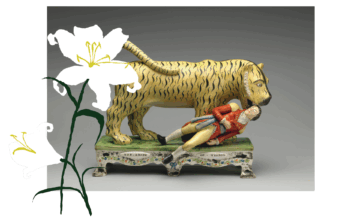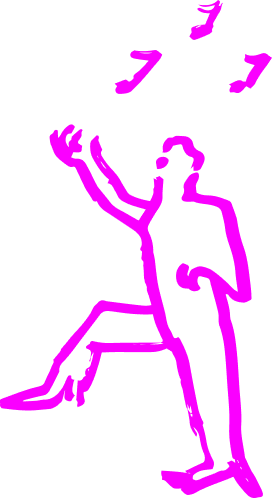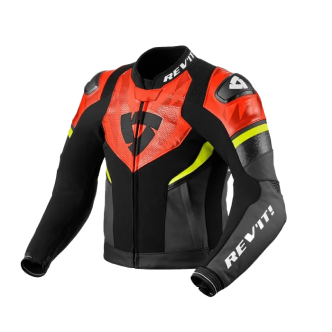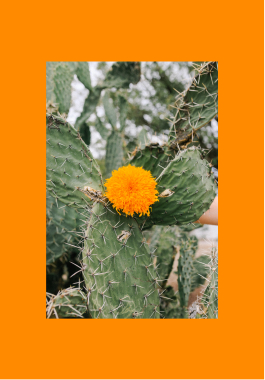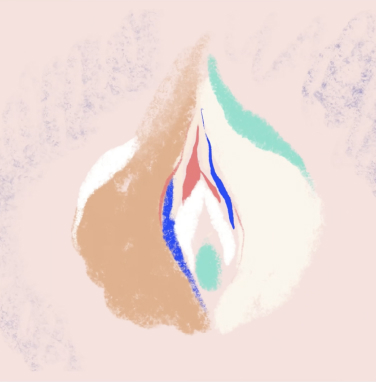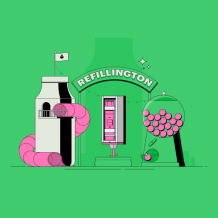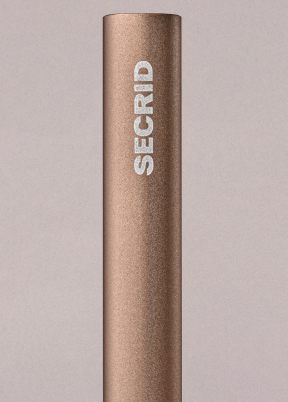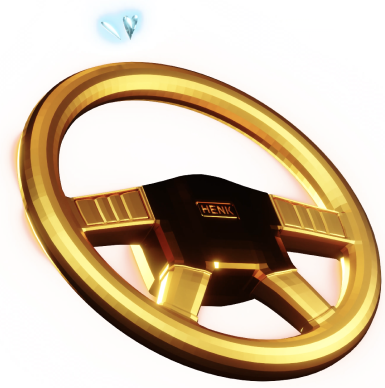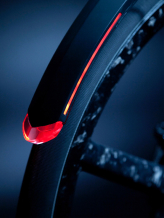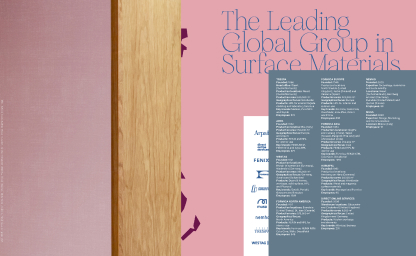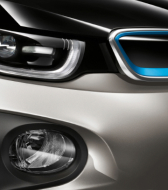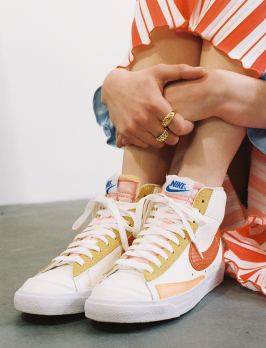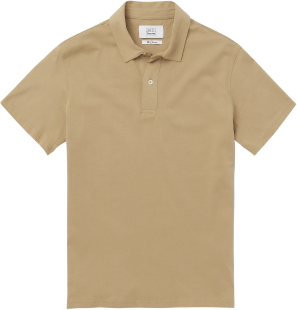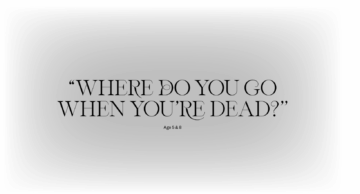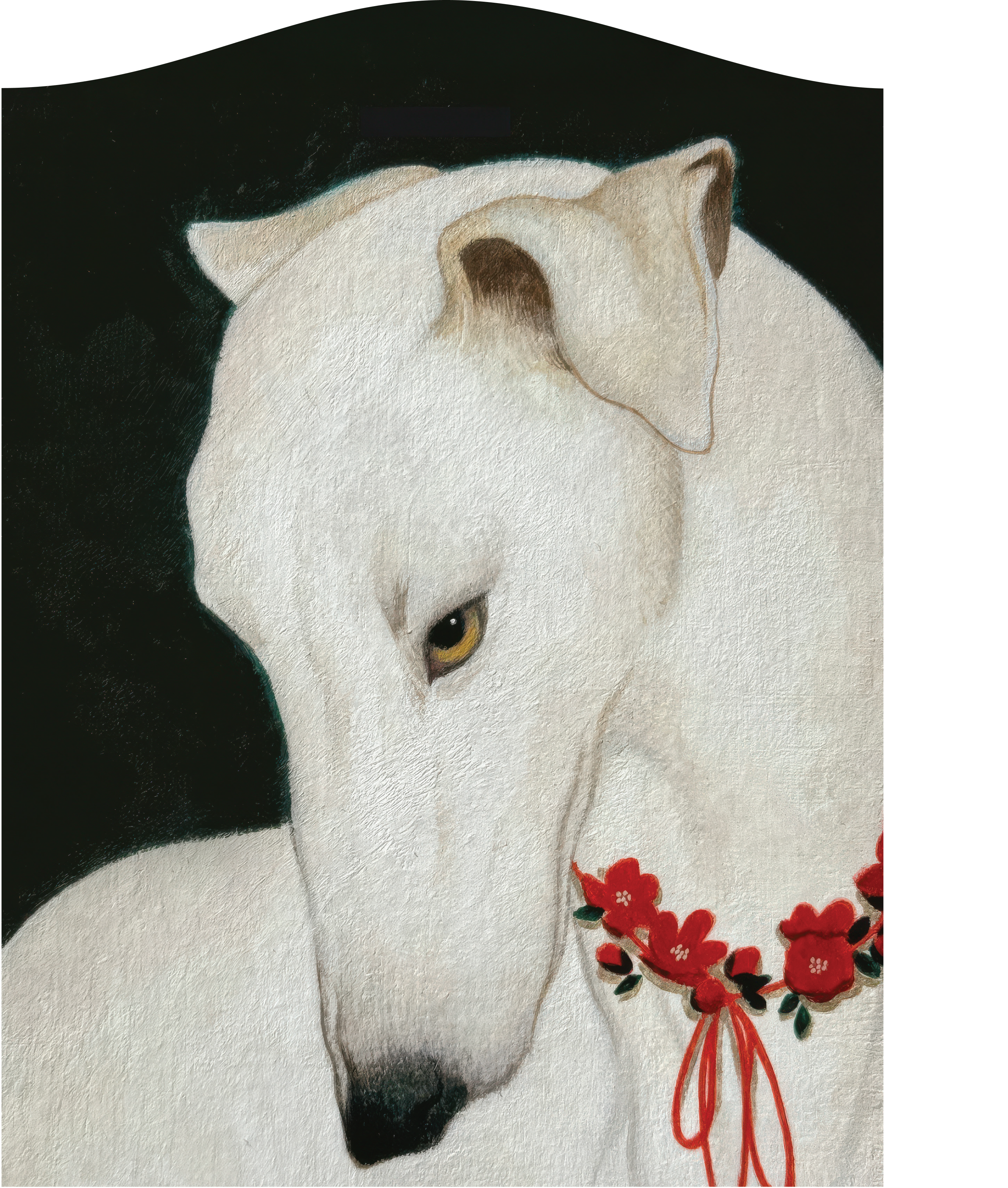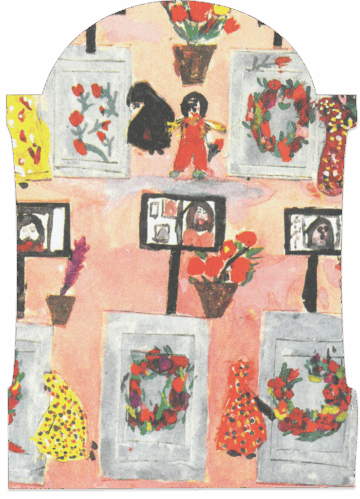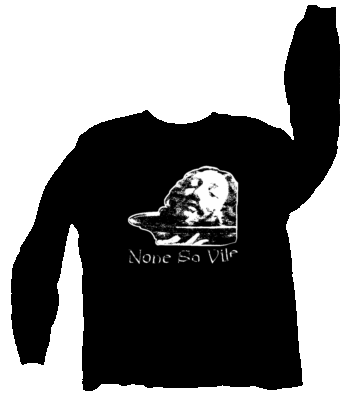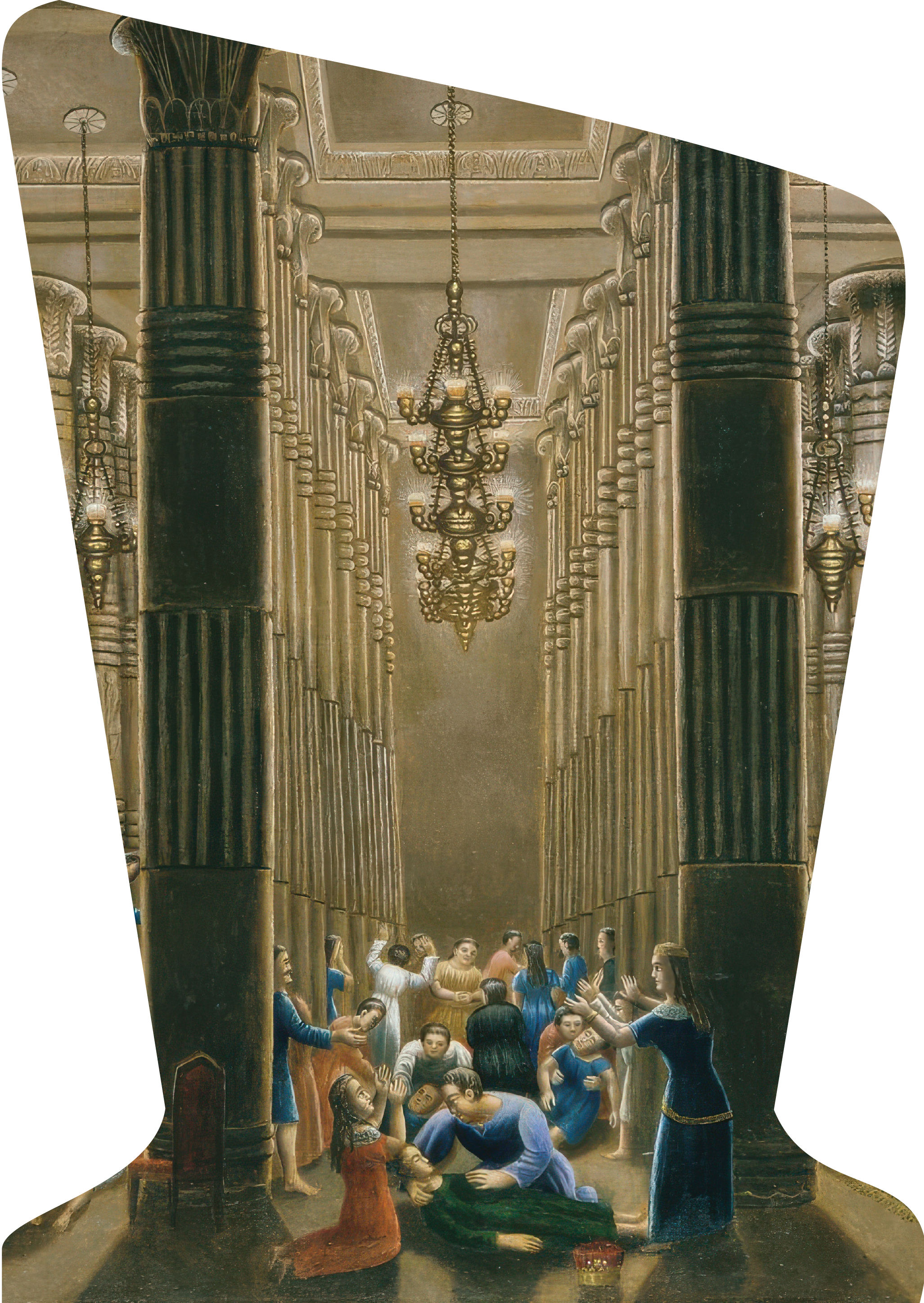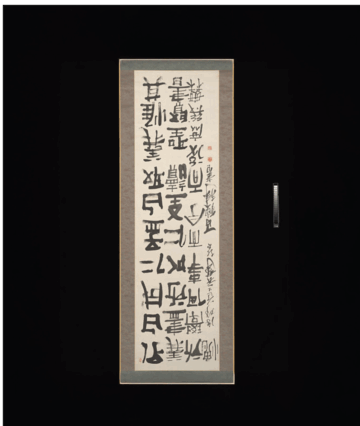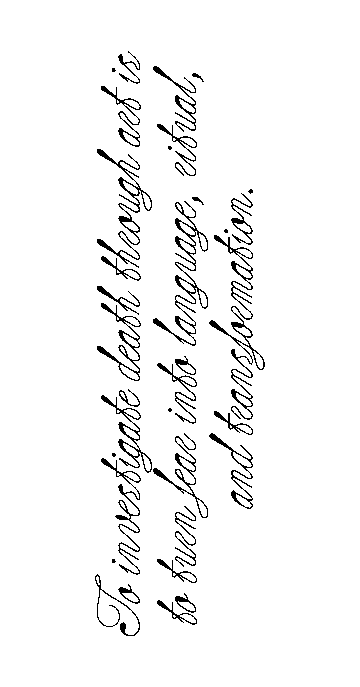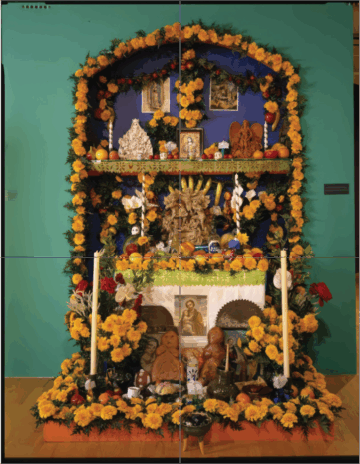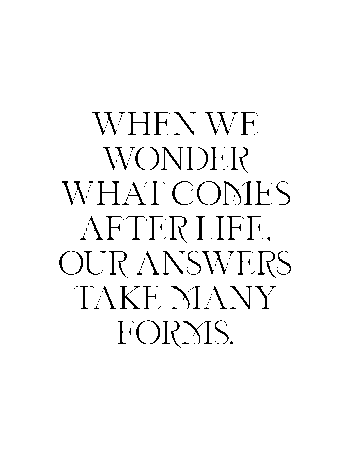Death. Even the word can empty a room. Why don’t we talk about it? Why do we reach for softer phrases like “passed away” or “moved on”?

- New Language
- Spiritual
- Generational
- Collective
- Transformation
- Dialogue
- New Language
- Spiritual
- Generational
- Collective
- Transformation
- Dialogue
- New Language
- Spiritual
- Generational
- Collective
- Transformation
- Dialogue
- New Language
- Spiritual
- Generational
- Collective
- Transformation
- Dialogue
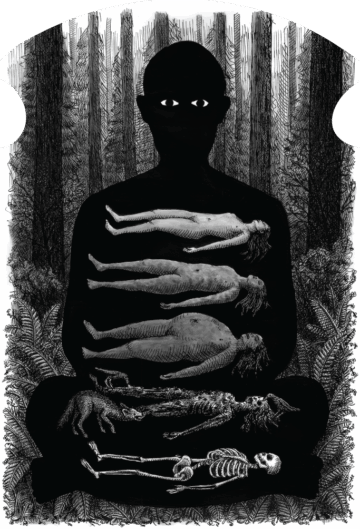
This fourth publication began with curiosity about the one thing that touches everyone. Not to solve death or explain it away, but to sit with it. Death is the uninvited guest at every table. We built entire industries around avoiding it, crafted language to blur it, developed complicated rituals to contain it. And it remains, patient and certain, shaping how we love, create, and connect. So, why not go for a walk with our guest?
In our research, we discovered death isn’t singular. It’s biological, spiritual, cultural, personal, and collective all at once. It lives in hospital rooms and living rooms, in memes and monuments.
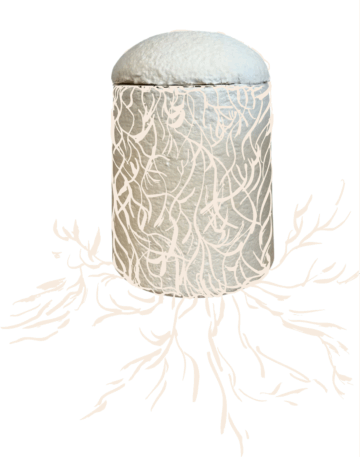
We met Lonneke and Bob Hendrikx, who grow mushroom coffins to return bodies to the soil as nutrients, not waste. We sat with Guillaume Dardenne, a grief tender who helps people “put more life in their days, not more days in their life.” We traced how different languages shape how we relate to endings, from Russian’s blunt он умер to Japanese’s poetic 物の哀れ = mono no aware.
We looked at how pop culture both trivializes and sanctifies death: turning grief into content and memorial into merchandise. We touched on Buddhist impermanence, digital afterlives, and the strange beauty of decomposition. How absence becomes presence, how memory becomes object.
You’ll find stories here about:
→ The cadaver dogs who read death’s chemical signatures
→ The biology of dying and what happens at the end
→ Children’s questions and elders’ responses
→ Cultural rituals and untranslatable words
→ The paradox of digital immortality
→ Artists who collaborate with absence
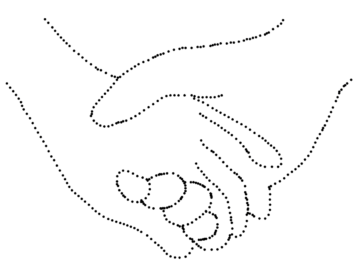
This isn’t about making death comfortable. Some chapters stay heavy. From the chemical poetry of decay to the weight of collective grief, we found that death isn’t a punctuation mark but a continuous presence. It shapes us even when we pretend it doesn’t.
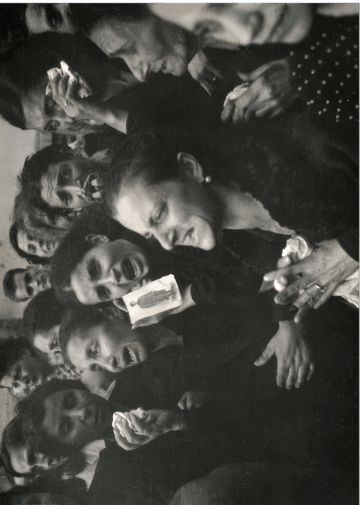
For wherever you meet death: in memory, in work, in fear, in wonder. May you find here what you need. A question, a story, a moment of recognition.
Let’s begin.
